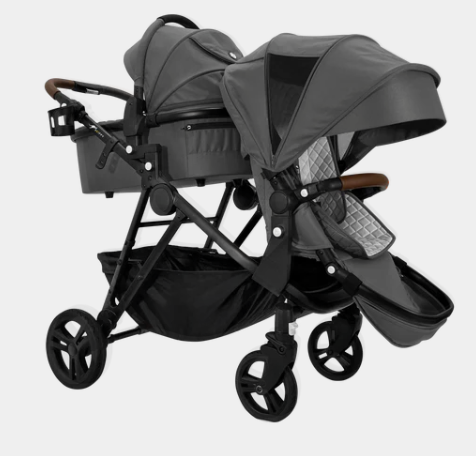
baby pram
The baby pram, a seemingly simple contraption, has undergone a remarkable evolution, mirroring societal shifts and technological advancements. More than just a means of transport, it has become a symbol of parental values, a statement of personal style, and a testament to our ever-evolving understanding of child development.
baby pram
From Carriage to Cradle on Wheels:
The origins of the pram can be traced back to horse-drawn carriages, designed for the comfort of aristocratic infants. Over time, it evolved into a more accessible mode of transport, becoming a common sight in Victorian England. These early models, often adorned with ornate details, reflected the social status of their owners.
The 20th Century: A Time of Transformation:
The 20th century witnessed significant changes. The rise of the automobile and the increasing mobility of families led to the development of lighter, more maneuverable prams. Innovations like collapsible frames and pneumatic tires made them easier to store and transport.
Beyond Utility: The Pram as a Design Statement
Today, the pram has transcended its purely functional role. It has become a canvas for designers, with a focus on aesthetics and individuality. Sleek lines, minimalist designs, and a wide range of colors and fabrics cater to discerning parents.
Reflecting Modern Parenting:
Focus on Child Development: Modern prams often incorporate features that promote sensory exploration and cognitive development, such as interactive toys and peek-a-boo windows.
Sustainability and Ethical Considerations: Eco-conscious parents are increasingly drawn to prams made from sustainable materials, such as organic cotton and recycled plastics.
Active Lifestyles: The rise of active families has led to the development of all-terrain prams, equipped with features like large wheels, suspension systems, and even jogging capabilities.
The Pram of the Future:
The future of the pram is likely to be even more intertwined with technology. We can expect to see:
Smart Prams: Equipped with features like GPS tracking, built-in speakers, and sensors that monitor the baby's vital signs.
Personalized Experiences: 3D printing and customization will allow parents to create truly unique and personalized prams.
Focus on Inclusivity: Prams designed to accommodate the needs of all children, regardless of their abilities or disabilities.
Conclusion:
The pram, a seemingly simple object, embodies a fascinating history of innovation and reflects the evolving needs and values of society. It is a testament to our ongoing quest to provide the best possible care and support for our children, ensuring a safe, comfortable, and stimulating journey through the early years.